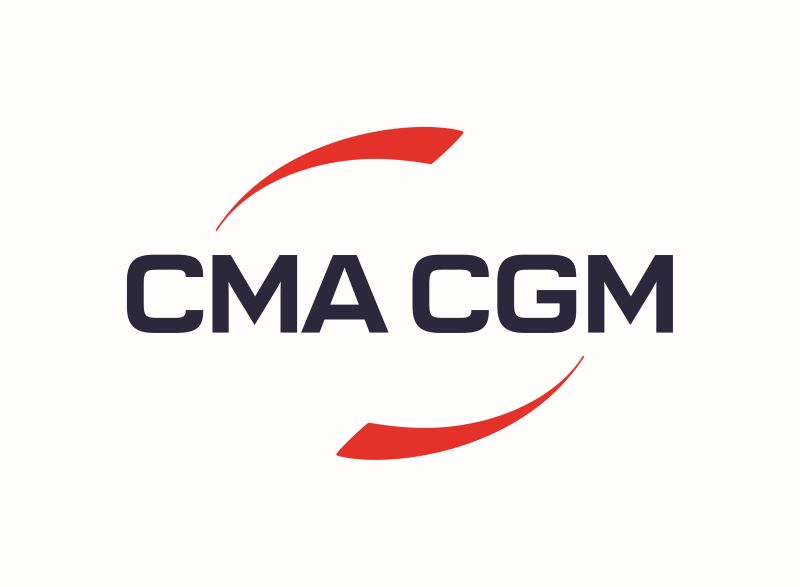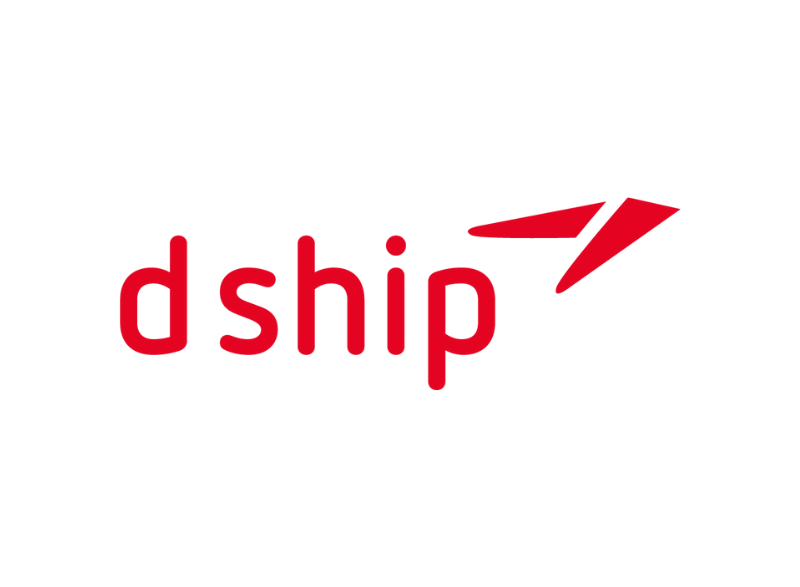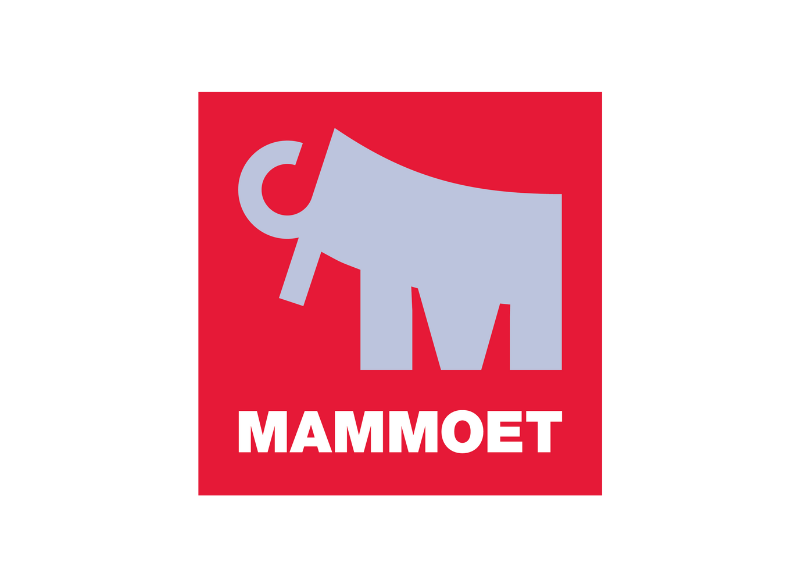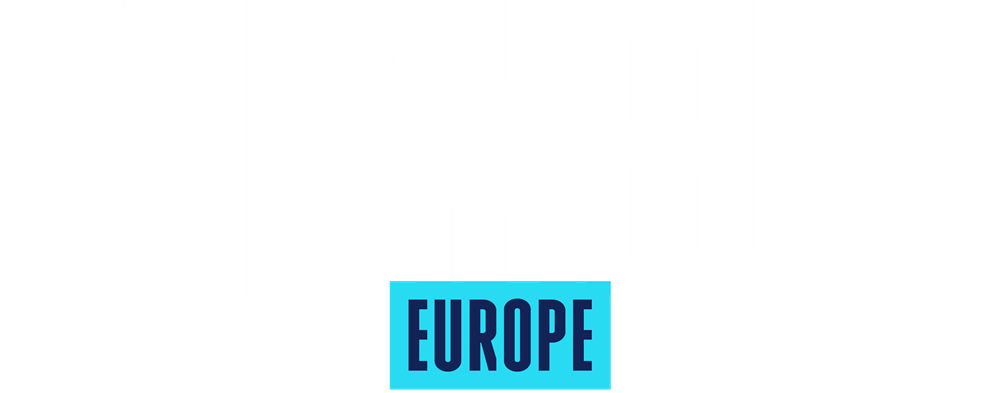Mar 11 | 2019
In the first of a new series on project cargo’s potential in the Americas, North America takes center stage.
The United States and Canada are behind a recovery in demand for out-of-gauge and oversized cargo handling services. Between rebounding confidence in US steel, as well as increased oil & gas investment, relief for the market is on its way.
Because of this, North America is seeing the sectoral fog clear a little. New opportunities are being revealed as the mists roll back. Read on the discover how the shifting landscape is throwing new light on contract possibilities throughout the region.
Breakbulk in North America
A heady investment wind blows through oil & gas

Global heavy lift performance and demand is nominally tied in with oil prices. A low oil price often means low desire for petrochemicals, which in turn restricts oil & gas project spending. The main knock-on effect there, for shippers and forwarders, is fewer contracts centered around hydrocarbons development.
With 2019, however, comes a stronger oil price. IHS Markit forecasts prices to rise throughout the year, before dropping to $70 per barrel by the early 2020s. What that means, then, is more consistent cash flows for energy firms, although some volatility is expected. Brent crude prices, for instance, bumped between $85 and $61 in November-October 2018.
Despite such fluctuations, big spending on fresh E&P activity is coming to the Americas. Worldwide data and analytics firm GlobalData has forecast $142bn spending on 97 North American oil & gas fields from now until 2025.
The US accounts for $76bn of the total, covering 38 announced and planned fields – 9 onshore in Alaska and 29 offshore developments. Top fields for development in include Mad Dog Phase 2, Gulf of Mexico, Smith Bay in North Slope, Alaska, and Horseshoe, also in Alaska.
Canada holds a 32% share of prospected NA capex, particularly in developing its oil sands reserves. Projects like Telephone Lake, Kearl Oil Sands Project Phase 3, and Kear Oil Sands Project Phase 4 Doubleneck are just some of Canada’s major developments.
This investment is already creating a buzz with shippers. SAL Heavy Lift’s Corporate Director, Commercial, Justin Archard said: “We haven’t seen the current level of activity in upstream oil & gas in about four years.”
Other reasons for optimism include petrochemical works, such as a $31.9bn LNG plant in Canada, alongside other multi-billion projects across the US’ Eastern Seaboard.
Multiple EPCs are riding a wave of optimism regarding North American oil & gas, with key shippers like Fluor, Bechtel, Linde, Sinopec and Daewoo feeling confident regarding the region.
Renewables cargo shipments soar

Tax breaks are turning energy companies across North America towards renewables. In wind alone, 38,000 MW of additional wind farm capacity is being built between now and 2023. Indeed, the US’ Internal Revenue Service has been offering tax credits for energy firms under the Production Tax Credit scheme to stimulate investment since 2012.
PTC is gradually drawing to a close. The smaller time companies have to take advantage from the offer is expected to galvanize further activity and adoption of renewables by 2023 and the program’s end.
“The adoption of renewable energy has been far greater than we anticipated, and it is not slowing,” John Lusty, Director of Energy and Utility Solutions, Siemens Gamesa Canada, told JOC. “We’re moving massive pieces of equipment in a heightened level of activity to execute installations before that PTC window closes.”
Justin Archard of SAL also had good things to say about North American renewables: “The US market will probably eclipse all others, with plans to add an enormous amount of new capacity over the next five years.”
Within this context, ports are prepping for increased turbine loads. At Corpus Christi, Texas, for instance, port BDM is forecasting manufacturers’ bringing more wind cargoes through the port, to capture PTC benefits before it ceases.
Texas forms the first part of a “wind corridor”; a staging point for out-of-gauge cargoes to reach Midwest states such as Colorado, Oklahoma, Kansas and Nebraska, as well as New Mexico. Indeed, Gulf Ports are important terminals for renewables, offering room for manufacturers’ components.
Other locations are also investing in renewable freight handling facilities. On the shores of Lake Superior, at the Port of Duluth, Minnesota, $20m is being spent on reinforcing docks for heavy-lift cargoes.
Minnesota is quickly establishing itself as a renewables hub, with cargoes travelling from there to as far afield as Montana, Wyoming, and Colorado; Northern Alberta in Canada; and down south to Missouri and Oklahoma.
Traffics affect steel, aluminum, but outlook increasingly optimistic on metals
It would be naive to sit here and ignore the impact of President Trump’s tariffs on Chinese metallic goods import has had on project cargo. 25% traffic on steel and 10% on aluminum has raised production cost considerably for US manufacturers in sectors like construction, aerospace and vehicle manufacturing.
Imported products are seeing less demand, and so transport requirement for raw materials and finished goods has slackened in recent years.
This has also had a negative impact on the Canadian steel industry – even after Trump signing a new NAFTA deal in November. That said, the Canadian government announced it was expanding aluminum and steel traffic exemptions on imported products, stimulating international trade.
Mexico enjoys tariff-free steel exports to Canada under NAFTA, so metal flows between the pair may pick up soon.
Indeed, Canada-Mexico may become a lucrative route for carriers, either by sea or road and rail, so perhaps its time to take a more positive glance at steel and metal throughout North America from a project cargo perspective.
An upcoming tariff hike, due to enter law on March 1st 2019, has been delayed, so a possible reconciliation of trade interests between China and the US could be on its way.
Domestically, however, Trump’s tariffs may be starting to have a positive effect. In March 2019, several US steelmakers announced intentions to inject $9.7bn into expanding capacity.
Steel Dynamics Inc. said in November 2018, it will be spending $1.8bn on building a mill at a yet-undecided US site. US Steel Corp. has its eyes on a $2.5bn investment, and ArcelorMittal has eyeballed $3.1bn for spending on US facilities.
It has been over four years since the last US still mill as bought online in 2015.
US Steel has also recommenced work at some of its plants, including those in Birmingham, Alabama, and Dallas, Texas, in 2019.
A better North American breakbulk environment
With strong indicators that the market is finally picking up after nearly a decade of underperformance, North America is reestablishing itself as a major heavy lift market.
Of course, fluctuations in the worldwide oil price, US trade tangles, and other factors are at play, requiring some caution. This is to be expected, yet project cargo in 2019 is in a much stronger place than it has been since the Global Recession.
Breakbulk Americas is where the project cargo opportunities will be, as well as the region’s largest gathering of sector professionals. Don’t forget to register your interest in this event, and join the conversation for yourself in Houston, Texas, this year.
.png?ext=.png)






.png?ext=.png)









_3.png?ext=.png)

.jpg?ext=.jpg)











